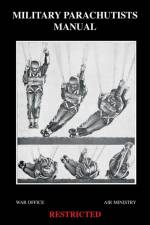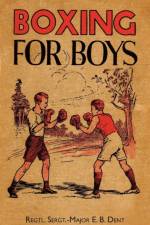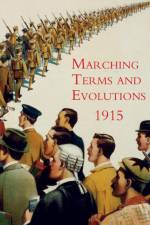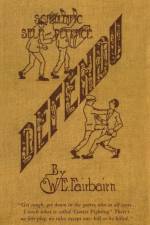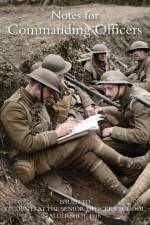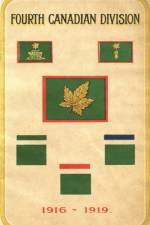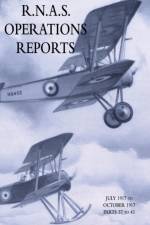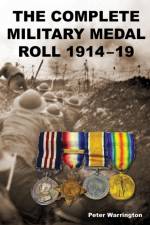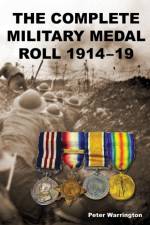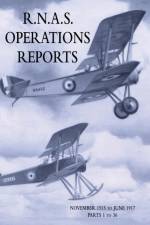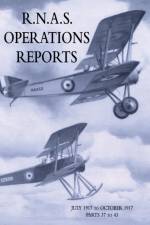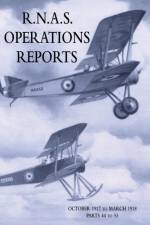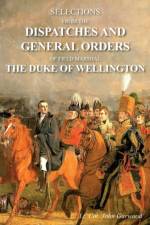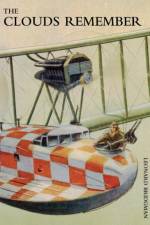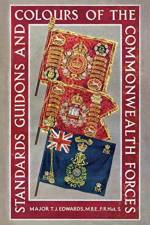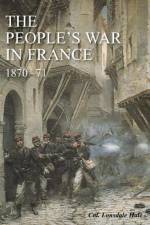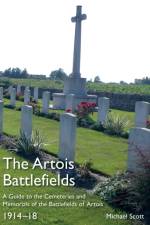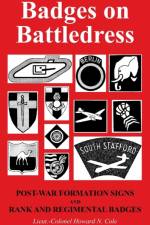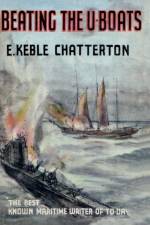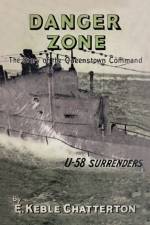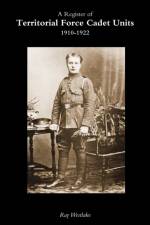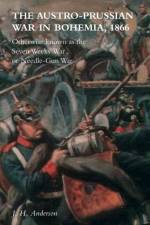- Being an autobiography of A. R. Downer, Champion Sprinter of the World, and Short Biographical Sketches of E. C. Bredin, Len Hurst, Fred Bacon, George Blenner-Hasset Tincler, and Notes on Training for Boys
av A R Downer
197
Alfred Reynolds Downer was born at Shands Pen, May Pen, Clarendon a town in Jamaca , on January 23, 1873, and was baptised on June 1, 1873, by George William Downer, his uncle, then 'Island Curate' at St. Gabriel's, Four Paths, Clarendon. His parents were Walter Daley Downer and Mary Reynolds King, who had been married in Kingston in 1869. He was quite a sprinter according to Harry Pearson - 'The Jamaican-born Scot was the pre-eminent sprinter of the late-Victorian era.' Some of the first noted sprinters of Jamaican origin were Alfred R. Downer and G. C. Foster. Downer was Scottish national champion in the 100, 220, and 440 yards events for three consecutive years from 1893, but later lost his amateur status, preventing him from participating further. The author was born in Jamaica but raised in Scotland and sadly went insane and died in an asylum aged just 39.Alfred Reynolds Downer was born at Shands Pen, May Pen, Clarendon a town in Jamaca , on January 23, 1873, and was baptised on June 1, 1873, by George William Downer, his uncle, then 'Island Curate' at St. Gabriel's, Four Paths, Clarendon. His parents were Walter Daley Downer and Mary Reynolds King, who had been married in Kingston in 1869. He was quite a sprinter according to Harry Pearson - 'The Jamaican-born Scot was the pre-eminent sprinter of the late-Victorian era.' Some of the first noted sprinters of Jamaican origin were Alfred R. Downer and G. C. Foster. Downer was Scottish national champion in the 100, 220, and 440 yards events for three consecutive years from 1893, but later lost his amateur status, preventing him from participating further. The author was born in Jamaica but raised in Scotland and sadly went insane and died in an asylum aged just 39.

